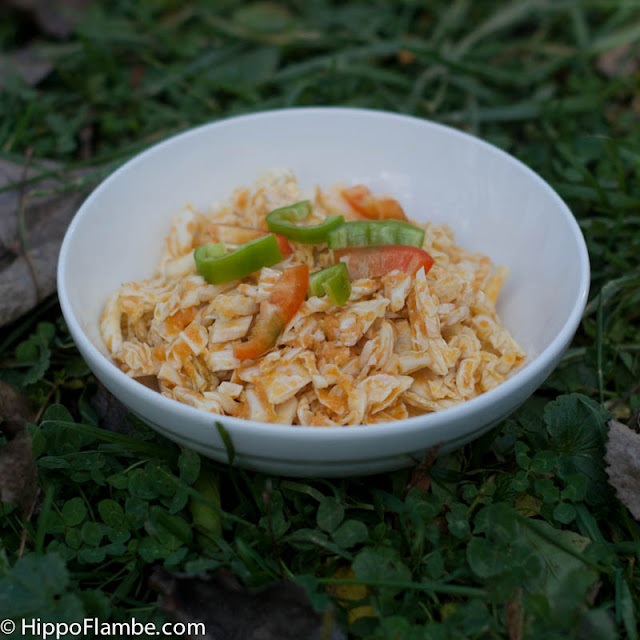October 18th and 19th I attended the School Nutrition Association of Vermont's fall conference. It is always nice to step away from my children for a couple days and have the opportunity to miss them, plus I got to spend time with a close friend who already works for Burlington School Food Service. However the highlight was being surrounded by people who are passionate about children and how to feed them. There is so much press right now about what is wrong with school meals and little understanding of the federal program that funds school lunch and the limitations it has. Then there is the challenge of making nutritious meals that the kids will actually eat with limited funds.
Before I worked as a lunch room monitor I dreamt of making lunch longer. Every day my kids would come home carrying most of the lunch they took to school. However now I know that most students eat their lunch in the first 15 minutes, and as soon as they are done eating the behavior issues begin. Now my dream is to have a math and science teacher for every school. Then teachers could have a break while their students were learning math and science, and they could be with their students for lunch and recess.
However this post is not really about what needs to change in lunch, or even ways that innovative food service staff is working to change it already. Instead this post is about Napa Cabbage and what the $#@%! I was supposed to do with the one Lewis picked up at the CSA while I was at the conference. Somehow he did not notice what I seem to be happy to bring home and what I only take when there are no other options. So I was left last week, on the day before my CSA pick up, with a head of Napa Cabbage as the only vegetable option for dinner. I ended up channeling several Asian slaw recipes, including the ginger carrot dressing I love so much. The Napa Cabbage Slaw with Miso Peanut Ginger Dressing I made was light and bright with a understated richness from the peanut butter. Sebastian declared to his brother, who was stubbornly refusing to eat it, "You should really have some. Even I like it, and that's saying something." But Julian stuck to the role reversal and refused a cabbage salad his brother was happily eating. If you cannot serve peanuts in your house, try it with sun butter or tahini instead.
Napa Cabbage Slaw with Miso Peanut Ginger Dressing
2 Tbsp Ume Plum vinegar (you can sub rice wine vinegar or cider vinegar if you really have to, but the ume plum vinegar is really special)
6 tablespoons water
2 tablespoons white miso
1 tablespoon sugar
1 tablespoon mirin
1 - 1 1/2 Tbsps finely chopped peeled fresh ginger
1 Tbsp smooth peanut butter (sub sun butter or tahini if there are any allergy issues)
2 -3 small to medium carrots (about 4 1/2 to 6 oz's)
3 tablespoons grapeseed oil
2 to 3 pound head of cabbage finely shredded (I did not shred the bottom 4 inches and saved them for a stir fry another night)
1 red pepper, seeded and sliced thinly, slices then cut into thirds (optional, I omitted this the second time I made it)
Place the ume plum vinegar, water, miso, sugar, mirin, ginger, peanut butter, carrots, and grape seed oil in a quart jar and blend until smooth with an Immersion Blender




































